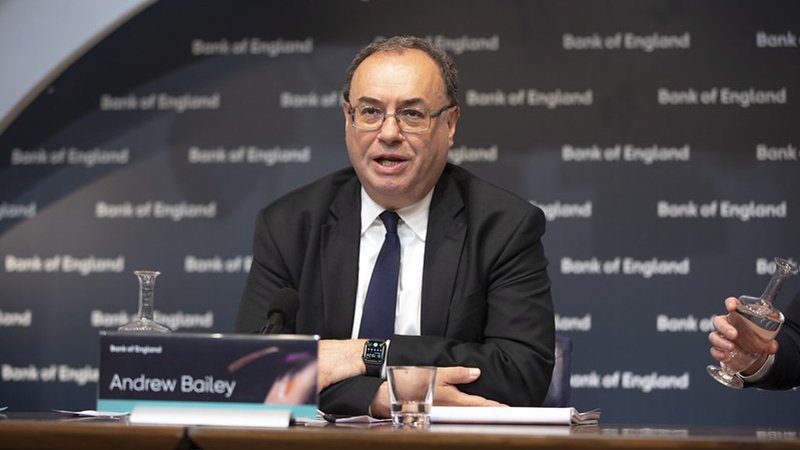The UK labour market has shown signs of cooling as wage growth slowed in the three months to January.
The ONS reported total wages including bonuses grew 5.7%, down from 6% at the last readout. With bonuses excluded, the figure was 6.5%, down from 6.7%.
The unemployment rate from November to January was 3.7%, versus consensus expectations of 3.8%.
The data is consistent with a modest easing of inflationary pressure in the UK economy and raises the chances of the Bank of England holding rates flat at its meeting next week.
It also adds to a very complicated picture for Andrew Bailey and his colleagues, with the collapse of Silicon Valley Bank, wider concerns over the health of the banking sector and the looming Budget to contend with.
Richard Carter, head of fixed interest research at Quilter Cheviot, sees the decision to be made on rates as finely balanced.
“ONS jobs data today show the UK labour market continues to be tight with pay pressures remaining high,” he said. “This points to a 4% peak in UK interest rates looking optimistic, with a 25bps hike perhaps more plausible next week, but only if worries about the US financial system subside. The Bank faces something of a conundrum about whether to hold rates and inject some stability or to continue to fight inflationary fires.”
“Wages are key and today the ONS reported wage growth up 6.5% in November to January 2022, dipping slightly from 6.7% in October to December, although it is worth noting that this is a lagging indicator,” Carter continued.
“Today’s jobs data comes on the eve of a ‘back to work’ budget set to be focused on measures to crack UK’s low productivity puzzle, including to tempt older workers back into employment. The Chancellor will be pleased that some of the numbers are slowly tilting in his favour as today’s data sees the rate of economic inactivity decrease by 0.2 percentage points on the quarter to 21.3% in October to December 2022.”







